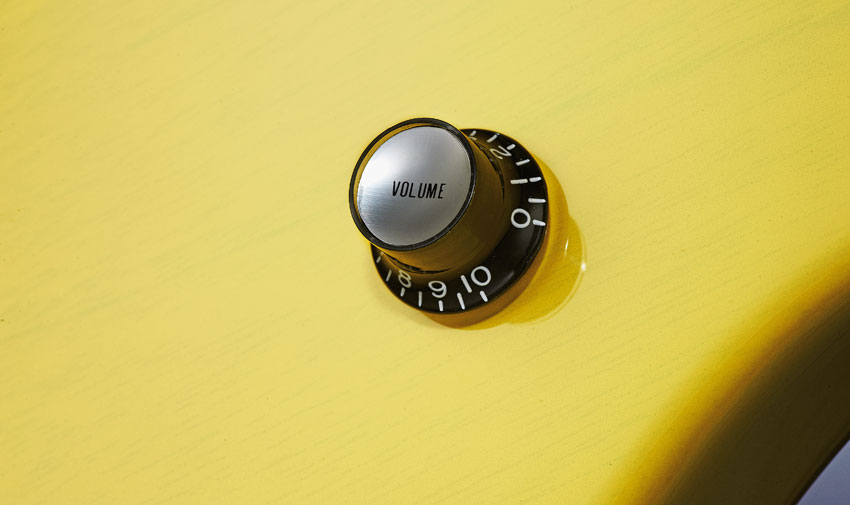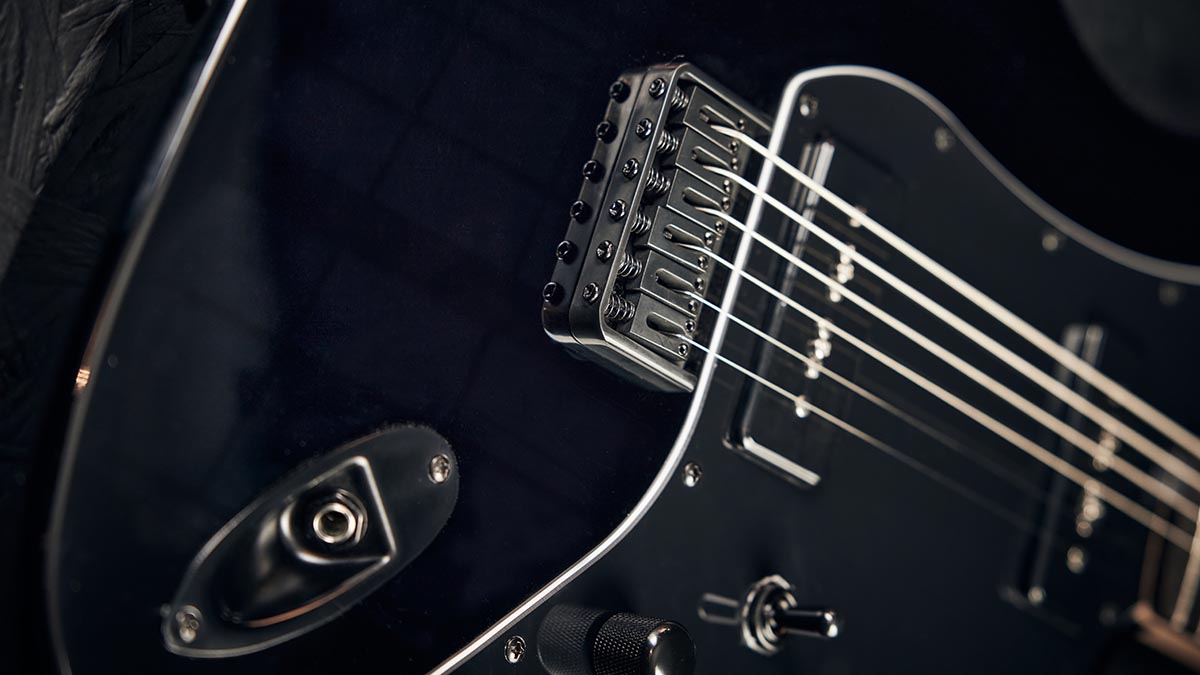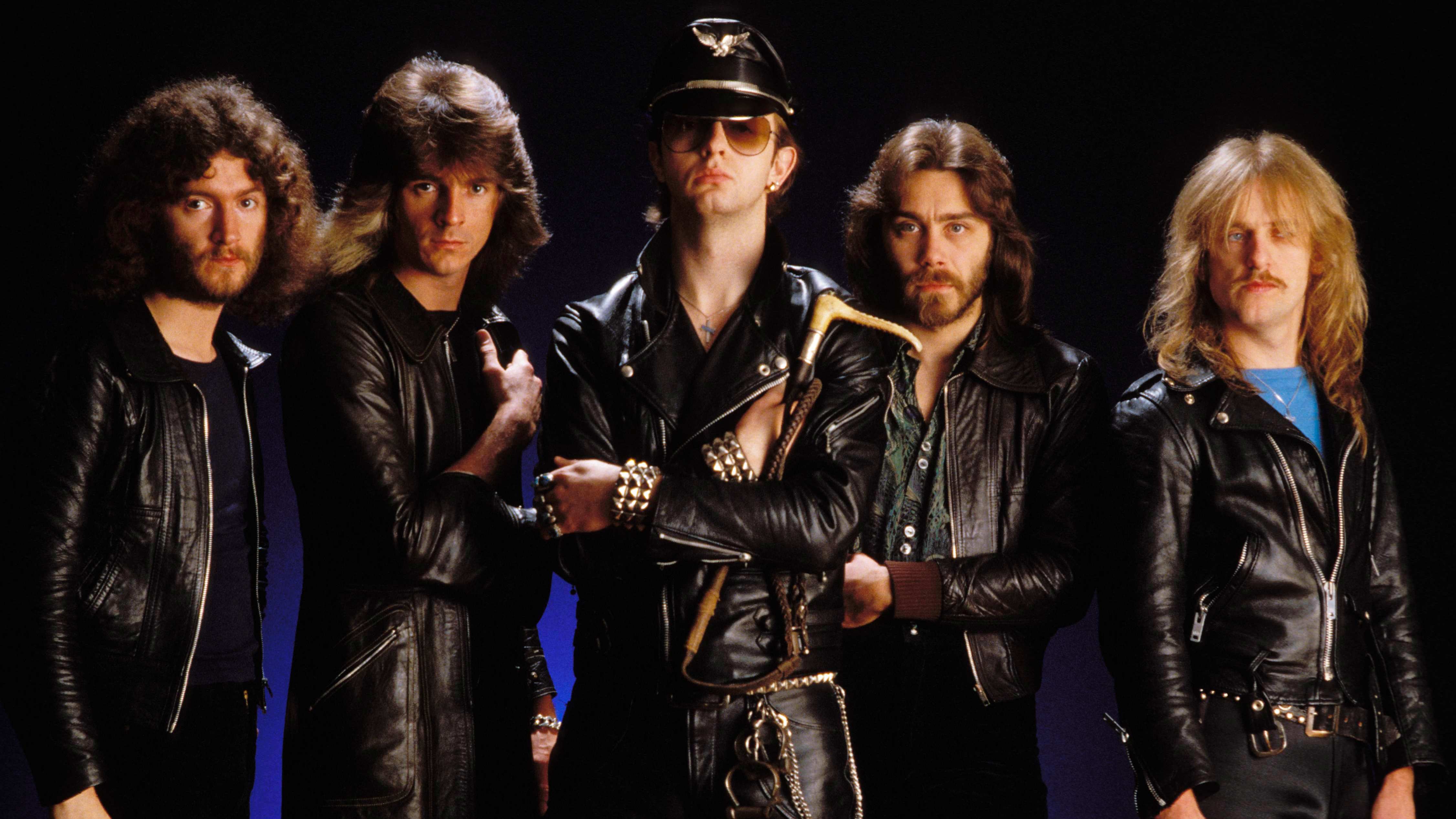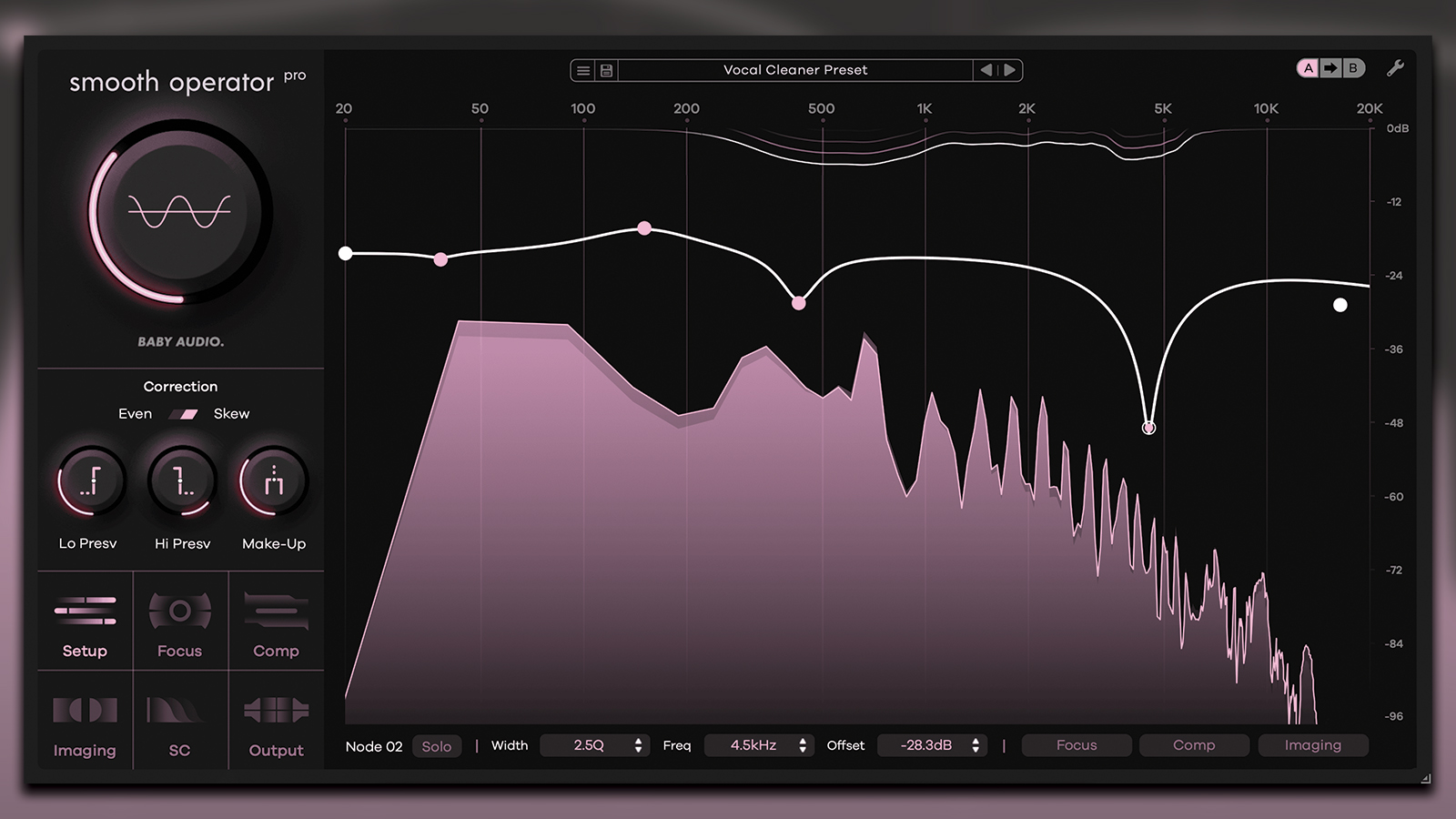
There's a lot to be said for working with what you have, rather than looking to what you might buy. Don’t be afraid of your guitar’s tone and volume knobs; they might be the most fantastic, expressive secret weapon you can find for totally revolutionising your tone.
Tone starts in your fingers, but before you look to an amp and effects to change your sound, you could be realising the potential of your guitar’s onboard controls.
Playing on 10 is a rock cliche we want you to forget here. Many of us set our volume and tone controls in one position and leave them there, tweaking our pedals and amp dials to shape EQ and tone. But that's certainly not the only way to effectively shape your sound.
As many great players have proved and continue to do so, there are huge possibilities right there on the guitar for your fingers to control quickly and efficiently…
Using your guitar's volume control as a boost

We all know what the volume knob does, right? It changes the level of our guitar’s volume output. But it’s also a handy dynamic tool we can call upon mid-song, or in the case of players like Joe Bonamassa, constantly.
Why use a mild overdrive pedal or boost when bringing up your volume for a solo can have the same effect? You need to start at the end, though; begin by turning up your guitar volume to 10, and your amp to the point where it starts to overdrive your tone.
Now start dialling the guitar’s volume back and if your guitar has decent pots, your tone should start to clean up as well as becoming somewhat quieter. Turning it up again gives you some boost to call on as and when the song requires it. The key is to start with more than you think you need, then dial back from it.
Get the MusicRadar Newsletter
Want all the hottest music and gear news, reviews, deals, features and more, direct to your inbox? Sign up here.
It’s also worth noting that your guitar’s volume is your primary control over the signal going into your pedals, too. So the same principle can apply for altering the gain for overdrive and fuzz - dialling them back for milder tonality as required.
By using your guitar's volume control, you can get more versatility out of the pedals you have, and perhaps need less of them as a result. But remember, most guitars suffer a drop in treble when rolling off the volume. Some may like it woolly but you may want to try a retrofit modification called a treble bleed – some guitars come fitted with them, like the Fender Mike McCready Strat.
Add more warmth to your treble pickup tone
A biting tone from turning your treble up is all very well but sometimes there’s a line where that can cross over into shrill.
Joe Bonamassa is a fan of using the guitar tone control’s capabilities with a Les Paul’s neck and bridge pickups to enter warmer climes, and he initially learned that from watching Mr Clapton.
In the video above he even shows that you can take the volume down and turn the tone back up to move into country tones - the good ol' PAF humbucker does it again!
Set your amp up to get the most out of your guitar

A lot of players get off on the wrong foot with their guitar's tone control/s. We’ll set our amp’s controls based on our guitars’ tone controls being set to 10, but that doesn’t offer any of the leeway we discovered with the volume control
Instead, dial the tone control back to six and tweak your amp settings after that. This will probably mean adding more mid, treble and gain than usual. This is another way of giving yourself an onboard boost pedal – and even EQ shaping – because you now have more control, especially for lead parts.
Turn up the tone for more of a cutting and gainful tone to help your solos shine live. Roll back down for your rhythms, and balance with the volume for bite as you see fit.
The combination of all this can be a real watershed moment for guitar players – it gives you more control of your sound without touching anything but your guitar. "I would start to roll down my volumes and my tone controls because it's almost like you have three pedals," the Gaslight Anthem's Brian Fallon told me last year about the way he learned to approach it. "If you set up your gain for your the maximum gain you're going to use, and then you roll it down to like eight, that's a good crunch tone. Then if you roll it down to like seven or six, then your volume is really a rhythm tone. And you can really just control it by the volume knob, which is nice."
Get humbucker-style thicker tones from a single-coil

Why change guitars when you can get some of the way there by adapting with what you already have? You'll need some additional overdrive for this one, but your guitar’s tone control is vital here.
First, add a generous serving overdrive to your sound via a decent, mid-rich pedal. But don’t be tempted to turn the treble down on your amp or pedals – set it at around six to eight, no lower.
Now keep the guitar’s volume up full, but knock the bridge pickup tone control down to about half or lower. Now it should sound more like a darker humbucker's thicker character.
Follow Clapton's lead
It's interesting just how pioneering a lot of guitarists were with the way they used gear, not just what they played. Having already brought the Gibson Les Paul back into sharp focus as a sonic weapon on the Bluesbreakers' 'Beano' album, he went on to explore the potential of the two humbucker / four control layour afforded by Gibsons with his new trio, Cream.
One of these discoveries became known as 'Woman Tone'.
If you use both pickups you should take all the bass off on the tone control
"The Woman Tone is produced by using either the bass [neck] pickup or the lead [bridge] pickup but with all the bass [tone] off ,” Clapton explained in a 1968 television interview using a Gibson SG you can see in the video above.
“And, in fact, if you use both pickups you should take all the bass off on the tone control. Turn it down to 1 or 0 on the tone control, and then turn the volume full up.”
You can hear this tone in its shapely glory on the solos of Cream classics Strange Brew and Sunshine Of Your Love. You'll need to set your amp’s gain to the track by ear or use an overdrive pedal to get closer to the sustain Slowhand wields. But the original doesn't actually have a lot of gain – Clapton just played loud to overcome the gain stage limitations of amps at the time. You'll also need to mimic Clapton's vibrato – no easy feat. It takes time!
If you're wondering why it's called Woman Tone, Clapton reportedly first used the term during a 1967 interview with Beat Instrumental. The siren-like vocal quality of the tone is likely to be the inspiration.

Rob is the Reviews Editor for GuitarWorld.com and MusicRadar guitars, so spends most of his waking hours (and beyond) thinking about and trying the latest gear while making sure our reviews team is giving you thorough and honest tests of it. He's worked for guitar mags and sites as a writer and editor for nearly 20 years but still winces at the thought of restringing anything with a Floyd Rose.
“This time it’s all about creativity… Go crazy. Do whatever you wanna do with it”: Budding luthiers, assemble! Harley Benton’s DIY Kit Challenge is now open and there are prizes to be won
"This is the amp that defined what electric guitar sounds like": Universal Audio releases its UAFX Woodrow '55 pedal as a plugin, putting an "American classic" in your DAW












